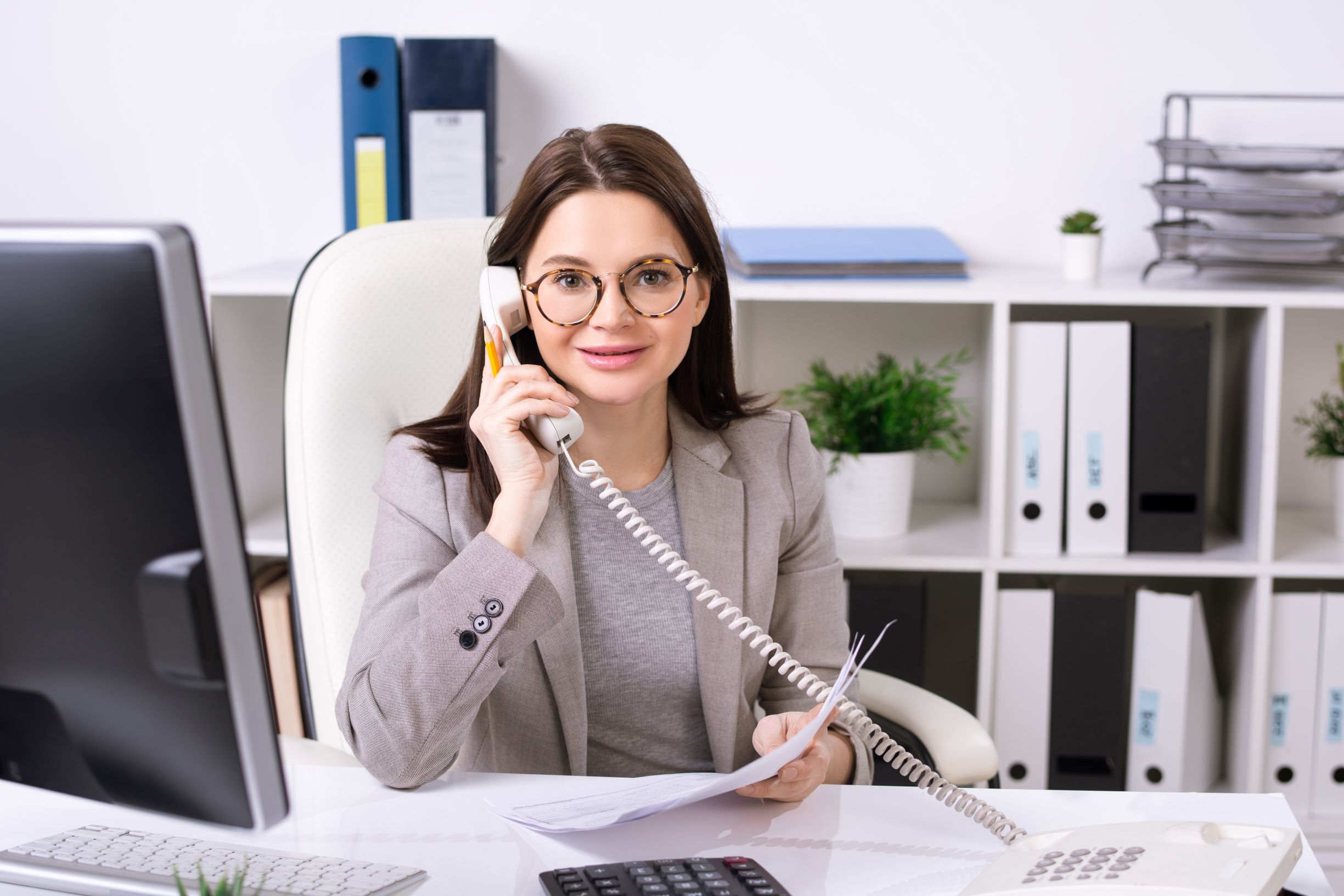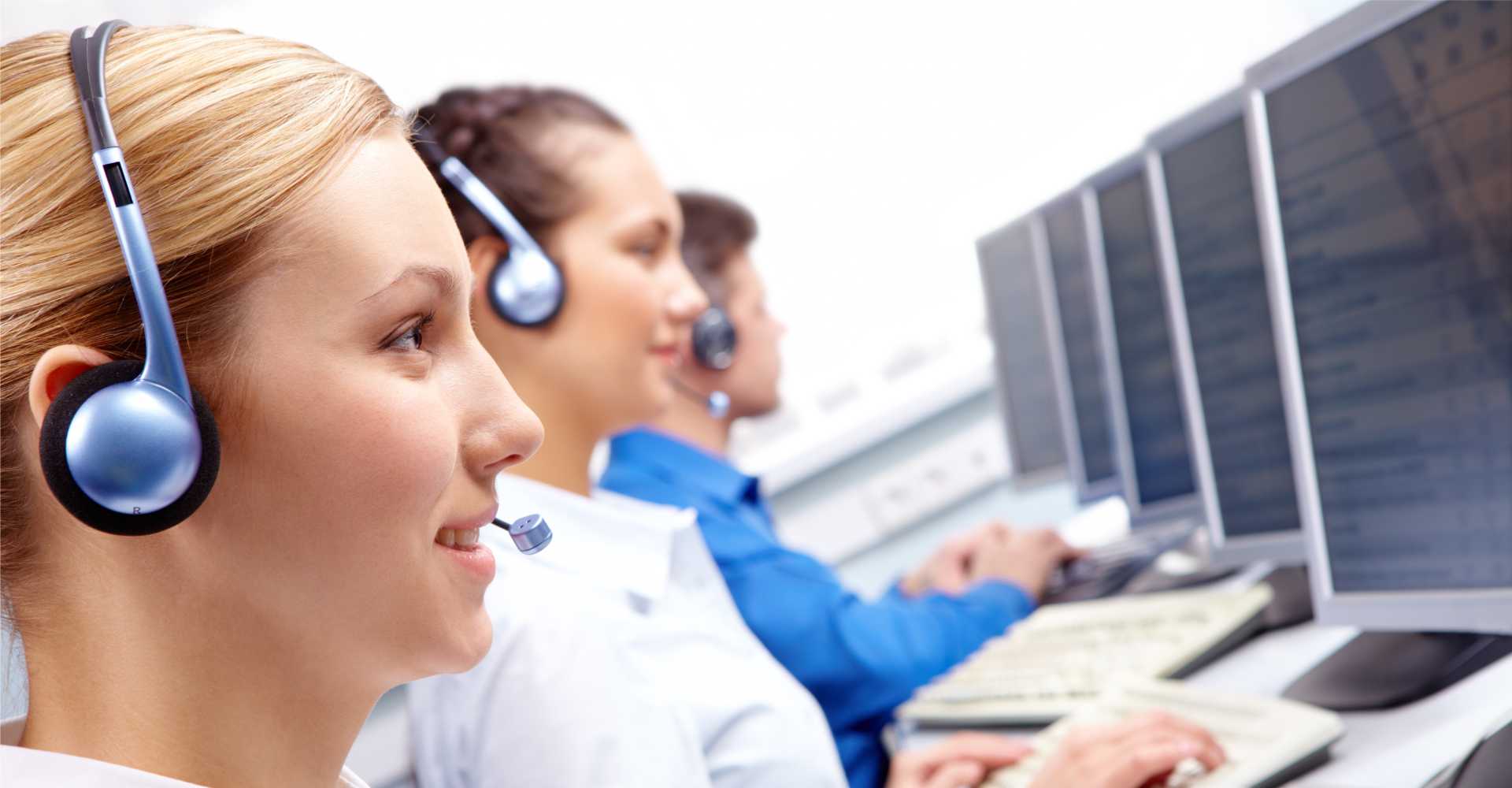All Categories
Featured
Table of Contents
What Is The Best Your Virtual Receptionist: Phone Answering Services Company?
This device and its successors were created by Sava Jacobson, an electrical engineer with a personal consulting service. While early answering devices used magnetic tape innovation, a lot of modern equipment uses strong state memory storage; some gadgets utilize a combination of both, with a solid-state circuit for the outbound message and a cassette for the inbound messages.
"toll conserving" listed below) (reception services). This is helpful if the owner is evaluating calls and does not wish to talk with all callers. In any case after going, the calling celebration ought to be informed about the call having been addressed (in many cases this begins the charging), either by some remark of the operator, or by some greeting message of the little, or resolved to non-human callers (e.
This holds especially for the Little bits with digitally stored greeting messages or for earlier makers (before the increase of microcassettes) with a special unlimited loop tape, different from a 2nd cassette, devoted to recording. There have actually been answer-only gadgets without any recording capabilities, where the welcoming message needed to inform callers of a state of current unattainability, or e (call answering services).
Which Is Best Answering Services Brand

about availability hours. In tape-recording Littles the welcoming generally consists of an invitation to leave a message "after the beep". A voice mail that utilizes a microcassette to record messages On a dual-cassette answerphone, there is an outgoing cassette, which after the defined number of rings plays a pre-recorded message to the caller.

Single-cassette answering makers consist of the outgoing message at the start of the tape and incoming messages on the staying space. They first play the announcement, then fast-forward to the next readily available space for recording, then tape the caller's message. If there are many previous messages, fast-forwarding through them can cause a substantial hold-up.
This beep is often described in the welcoming message, asking for that the caller leave a message "after the beep". Littles with digital storage for the tape-recorded messages do not show this hold-up, obviously. A TAD may use a push-button control facility, where the answerphone owner can ring the house number and, by going into a code on the remote telephone's keypad, can listen to taped messages, or delete them, even when away from house.
Who Is The Best Answering Service Operator: What Is It? And How To ... Manufacturer

Therefore the machine increases the number of rings after which it responds to the call (normally by 2, resulting in 4 rings), if no unread messages are currently stored, but answers after the set variety of rings (normally 2) if there are unread messages. This enables the owner to learn whether there are messages waiting; if there are none, the owner can hang up the phone on the, e.
Some machines likewise allow themselves to be from another location triggered, if they have been turned off, by calling and letting the phone ring a specific large number of times (typically 10-15). Some provider abandon calls currently after a smaller sized number of rings, making remote activation impossible. In the early days of Little bits an unique transmitter for DTMF tones (dual-tone multi-frequency signalling) was regionally needed for push-button control, considering that the previously used pulse dialling is not apt to communicate suitable signalling along an active connection, and the dual-tone multi-frequency signalling was carried out step-by-step.
Any inbound call is not recognizable with respect to these homes in advance of going "off hook" by the terminal equipment. So after going off hook the calls should be changed to proper devices and just the voice-type is immediately available to a human, however maybe, nonetheless should be routed to a LITTLE (e.
What's The Best Construction & Trades Phone Answering Service Brand
What if I told you that you do not have to actually get your gadget when addressing a consumer call? Another person will. So convenient, best? Responding to phone calls doesn't need someone to be on the other end of the line. Efficient automated phone systems can do the trick simply as efficiently as a live agent and sometimes even better.
An automated answering service or interactive voice action system is a phone system that interacts with callers without a live individual on the line - call answering services. When companies use this technology, customers can get the response to a question about your service simply by utilizing interactions established on a pre-programmed call flow.
Although live operators upgrade the consumer service experience, lots of calls do not require human interaction. An easy recorded message or guidelines on how a customer can retrieve a piece of info usually resolves a caller's immediate requirement - business call answering service. Automated answering services are an easy and effective method to direct incoming calls to the ideal person.
Which Is The Best Phone Answering Services Company?
Notice that when you call a business, either for assistance or item questions, the first thing you will hear is a pre-recorded voice greeting and a series of choices like press 1 for client service, press 2 for questions, and so on. The pre-recorded options branch out to other options depending upon the client's selection.
The phone tree system helps direct callers to the right person or department utilizing the keypad on a smart phone. In some instances, callers can use their voices. It's worth noting that auto-attendant choices aren't restricted to the 10 numbers on a phone's keypad. When the caller has actually selected their first option, you can design a multi-level auto-attendant that utilizes sub-menus to direct the caller to the best sort of assistance.
The caller does not have to communicate with a person if the auto-attendant phone system can handle their issue. The automatic service can route callers to a worker if they reach a "dead end" and require assistance from a live agent. It is expensive to hire an operator or executive assistant.
What Is The Best Virtual Receptionist & Phone Answering Services Australia Service?
Automated answering services, on the other hand, are considerably less costly and offer significant cost savings at approximately $200-$420/month. Even if you do not have actually dedicated personnel to handle call routing and management, an automatic answering service improves productivity by allowing your team to focus on their strengths so they can more effectively invest their time on the phone.
A sales lead routed to customer support is a lost shot. If a consumer who has product questions reaches the incorrect department or receives incomplete answers from well-meaning workers who are less trained to handle a specific type of question, it can be a cause of frustration and dissatisfaction. An automated answering system can decrease the variety of misrouted calls, consequently assisting your workers make better usage of their phone time while freeing up time in their calendar for other jobs.
With Automated Answering Systems, you can produce an individualized experience for both your staff and your callers. Make a recording of your main welcoming, and simply update it regularly to reflect what is going on in your organization. You can produce as many departments or menu alternatives as you want.
Latest Posts
Value Medical Answering Service Near Me
Honest Answering Services For Small Businesses Near Me – SA
Dependable Virtual Receptionist ( Adelaide)